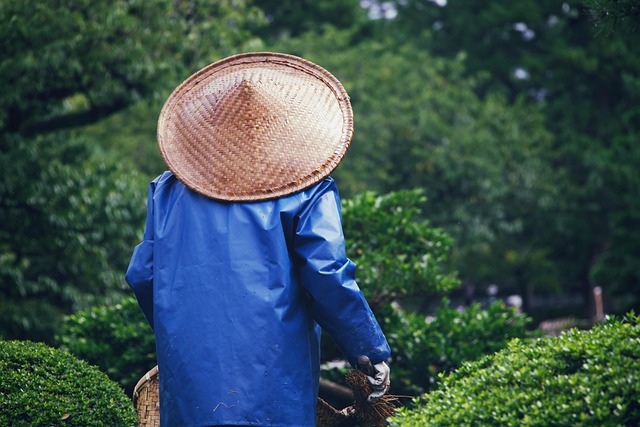
“The Ultimate Guide to Choosing the Best Fertilizer for Your Garden”
The Ultimate Guide to Choosing the Best Fertilizer for Your Garden
Gardening is a labor of love, a journey of growth that connects us to the earth. One of the most crucial tools in nurturing our green spaces is fertilizer. It’s the secret sauce that transforms a simple plot of land into a thriving Eden. But with so many options available, how do you find the fertilizer that best fits your garden’s unique needs?
Understanding Your Soil
Before diving into the world of fertilizers, take a moment to understand your soil. Healthy soil is the foundation of a fruitful garden; it’s where your plants draw their nutrients. Conducting a soil test can reveal important information like pH levels and nutrient content, helping you to determine what to add. Remember, every garden has its own personality, and knowing your soil will help you foster a healthy relationship with it.
Types of Fertilizers
Fertilizers can be broadly categorized into two types: organic and synthetic.
Organic Fertilizers
Organic fertilizers, derived from natural sources like plant or animal matter, not only nourish your plants but also improve soil health. Common types include compost, manure, and bone meal. They release nutrients slowly, making them a great choice for sustainable gardening.
Synthetic Fertilizers
Synthetic fertilizers, on the other hand, are chemically formulated products that provide immediate nutrient absorption. They often have higher nutrient concentrations and can lead to rapid growth, but they may lack the beneficial properties found in organic options. Use them wisely to prevent potential nutrient overload.
Nutrient Ratios and N-P-K
When choosing a fertilizer, look at the N-P-K ratio on the packaging, which stands for Nitrogen (N), Phosphorus (P), and Potassium (K). Each nutrient plays a distinct role:
- Nitrogen: Essential for leafy growth; great for leafy greens and lawns.
- Phosphorus: Vital for root development and flowering; beneficial for fruits, vegetables, and flowering plants.
- Potassium: Improves overall plant health and stress resistance; helps in disease prevention.
Understanding these ratios will help you select a fertilizer that meets the specific needs of your plants.
Application Methods
How you apply fertilizer can significantly affect its efficacy. Here are some common methods:
- Broadcasting: Spreading granular fertilizer evenly over the soil.
- Side dressing: Applying fertilizer to the soil next to growing plants, promoting nutrient uptake.
- Liquid feeding: Mixing liquid fertilizers with water and applying it directly to the plant, offering quick access to nutrients.
Timing is Everything
When you apply fertilizer can be just as important as what you apply. For many plants, the best time to fertilize is during the growing season when they are actively absorbing nutrients. Don’t fertilize too late in the season, as it can promote growth that may not have time to mature before the colder weather sets in.
Watch for Signs
Your plants will communicate their needs to you. Yellowing leaves might indicate a nitrogen deficiency, while stunted growth could signal a lack of phosphorus. Regular observation is key to catching these signs early and adjusting your fertilization strategy accordingly.
As you embark on your gardening journey, remember that choosing the right fertilizer is not just about quick fixes but about fostering healthy soil and plants. Your garden is a tapestry of life, and with the right care and nutrients, it will flourish brilliantly, providing joy and nourishment for you and your loved ones.


